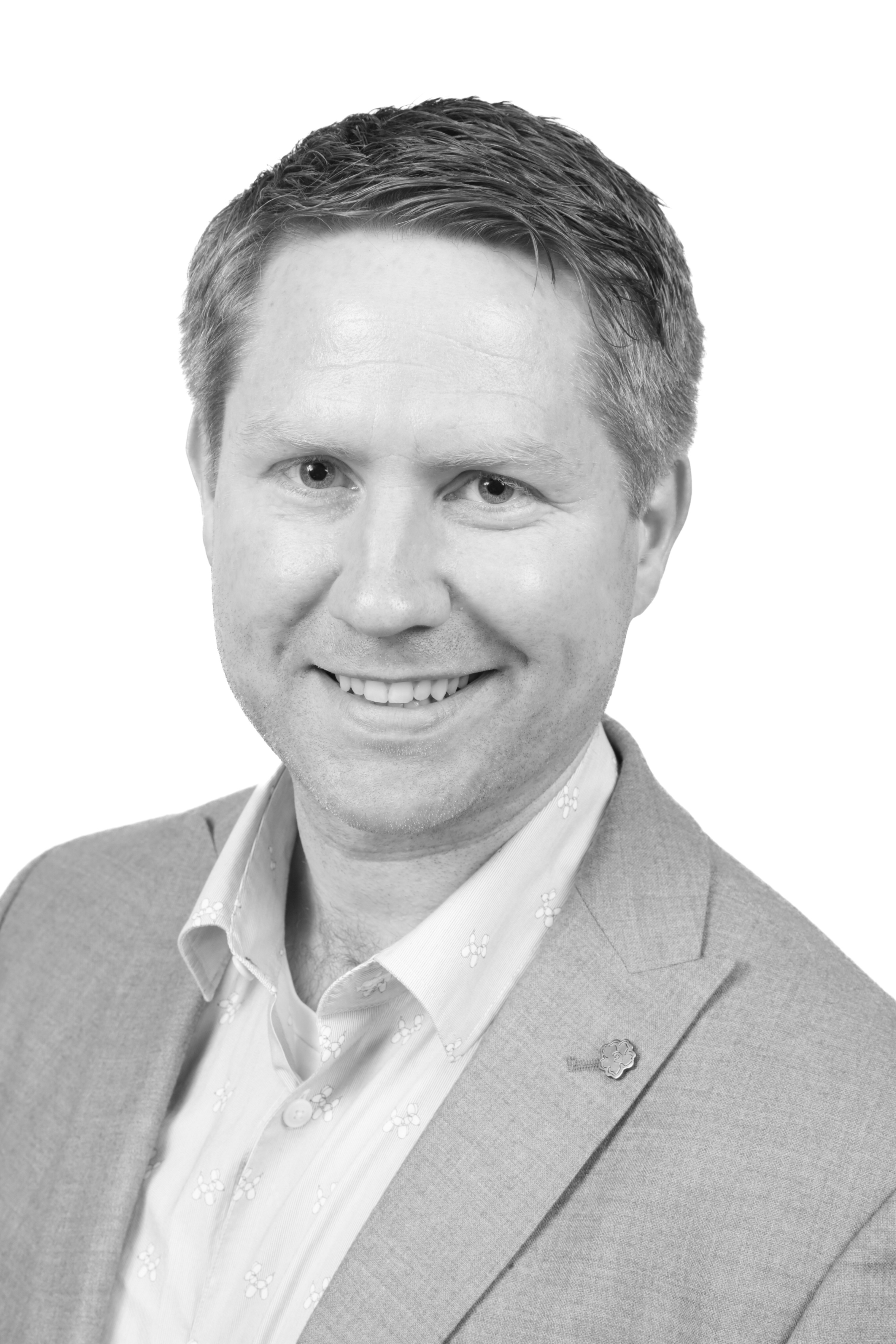Supervisor Database Search
Guidance for ICAT Supervisors
Supervisor Database
Full NameDr. Shane Browne
Anatomy and Regenerative Medicine
Royal College of Surgeons in Ireland
Webpage:brownelab.eu
Email hidden; Javascript is required.

- cell and developmental biology/regenerative medicine
- bioengineering/medical devices
- Medicine
- Surgery
- Sports and Exercise Medicine
- Oral and Maxillofacial Medicine
- Dermatology
- Endocrinology
- Pharmacology
- Vascular Medicine
My research focuses on the design and development of semi-synthetic extracellular matrices (sECM) derived from biopolymers to as in vitro tissue models and to promote tissue repair, with a particular interest in muscle and skin repair. This involves the development of highly modular hyaluronic acid hydrogels with tunable biophysical and biochemical properties that support tissue vascularization and regeneration through the delivery of bioactive moieties and therapeutic cells. This is complemented by the use of cells derived from human induced pluripotent stem cells (hiPSCs) to develop human, patient-specific in vitro models and as personalized stem cell therapies. See some example publications below:
(1) doi.org/10.1021/acsbiomaterials.9b01419
(2) doi.org/10.1021/acsbiomaterials.0c01751
(3) doi.org/10.1016/j.biomaterials.2018.11.032
(4) doi.org/10.1016/j.stemcr.2021.03.015
There are a number of ongoing projects in the lab based on the development and optimization of hyaluronic acid (HyA)-based hydrogels for the treatment of diabetic wounds. This involves the development and optimization of novel formulations of HyA hydrogels that can prevent infections of diabetic wounds, and enhance tissue repair through the control of inflammation or the enhancement of vasularisation. A potential PhD project could involve the development of novel HyA hydrogels with novel therapeutic combinations, gradients and/or spatiotemporal release kinetics to promote the repair of diabetic wounds, muscle injuries or ischemic tissues . This would involve biomaterial design, development and characterization, in vitro assessment and evaluation in a relevant pre-clinical model.

